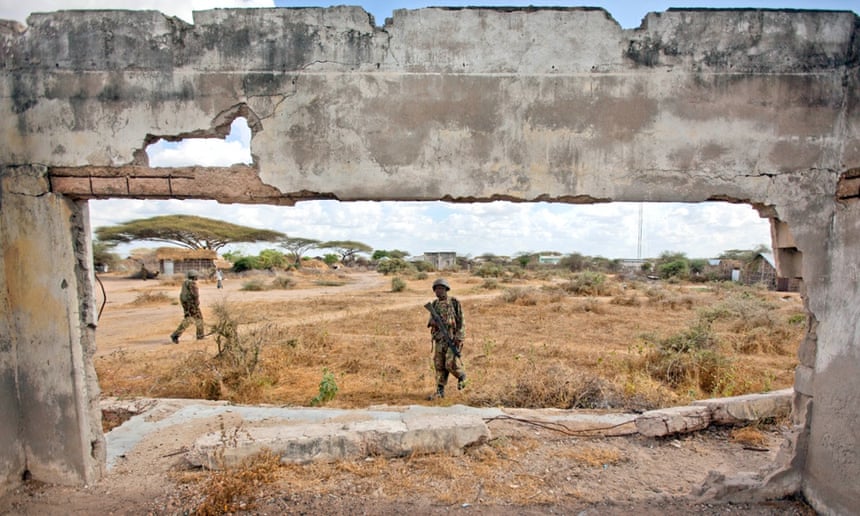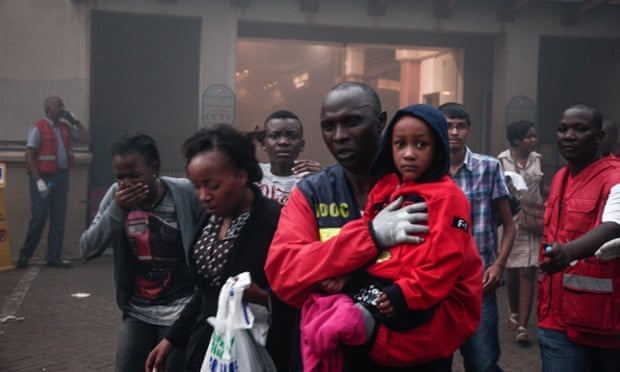Kenya is going to build a wall. Not just any wall, but a “separation barrier”, to employ the euphemism coined by Israel to describe the towering, snaking structure that now separates it from Palestine’s West Bank.
Kenya’s version will be built along sections of its notoriously porous border with Somalia. A physical rendering in bricks, mortar and barbed wire of a line on the map.
“Construction works will begin soon. We expect to have finished the project before the end of the year,” said Lamu county governor Issa Timamy, as reported in the Daily Nation. Further details on the project are not yet forthcoming, and Lamu county have not responded to requests for comment.
All that is known is that the wall will be erected along the sections of border near the coast, and that its intent will be to keep out illegal immigrants from Somalia as well as dangerous al-Shabaab militants. A threat felt keenly after al-Shabaab claimed responsibility for the Westgate mall attack in Nairobi in 2013.
“This is where immigrants have been arrested trying to cross into the country or having already entered through the border in Lamu. This is a good idea and we support it because we believe it will go a long way to secure this region and indeed, the country as a whole,” said Timamy.
Walls are a comforting proposition. There is something reassuring about shutting the everyone else out and pretending as you go to sleep at night that the world’s problems are not yours; that the bad guys can’t get you.
But how does this theory translate on to the international stage? Can countries really shut themselves off from their neighbours? Can cartographical borders become man-made barriers?
A divided history
The most famous example, of many, is the Great Wall of China, an unparalleled feat of engineering designed to keep the Mongol hordes at bay. Then there was Hadrian’s Wall, a line of bricks across northern England meant to protect the Romans from the Scots. More recently, the Berlin wall divided a city, keeping West German capitalism from diluting East Germany’s communist revolution.
Today, there are still plenty of barriers dividing nations and societies. In Cyprus, one runs along the Green Line that divides the Turkish north from the Greek south. On Malaysia’s northern border with Thailand there’s one to keep out cheap but illegal Thai labour. There’s one in Saudi Arabia, on its Yemeni border, to keep Yemen’s insecurity from spilling over. In the US too, several barriers have been erected to prevent illegal movement across the Mexican border.
Most famous, however, is Israel’s separation barrier – nearly 500 miles long, it alternates between rows of barbed wire and electrified fencing and eight-metre high concrete walls. Israel describes it as “the only thing that can minimise the infiltration of these male and female suicide bombers”; others call it the apartheid wall, an architectural expression of Israel’s subjugation of Palestine.
Does it work?
Either way, the real question that Kenyan officials will be asking is: has it worked? Experts are divided.
“Israelis would say that it’s been effective – noting that in the three years before it was built, suicide bombers killed 293 of their citizens; in the three years after it went up, that number dropped to 64. Since its construction, terrorist attacks have dwindled,” writes Rick Steves in the Huffington Post.
“Palestinians would counter by saying that this decline is not because of the wall, but because Palestine, its president, its security forces, and its people have all realised that violence is a losing strategy. Palestinians assure me that if anyone really wants to get through the wall (which is far from finished), it’s very easy to do,” he adds.
This, however, has come at a cost, and not just in financial terms (on that front: construction was an estimated $2m per kilometre, while maintenance is $260 million per year). By cutting off Israelis from Palestinians so completely, and vice versa, it has had a marked impact on how those societies interact, one which could have troubling long-term implications for peace and stability in the region.
Historically, walls are never a long term fix – and their effectiveness has always been dubious. The Great Wall of China, impressive as it was, became irrelevant when China’s ruling elite, confronted with a peasant rebellion, invited the Mongols in. The Berlin Wall couldn’t isolate East Germans from the lure of a better life, and eventually in was torn down, brick by brick. The border fence separating Mexico and the US is so porous that one documentary-maker repeatedly crossed it illegally – once dressed as Osama bin Laden.

